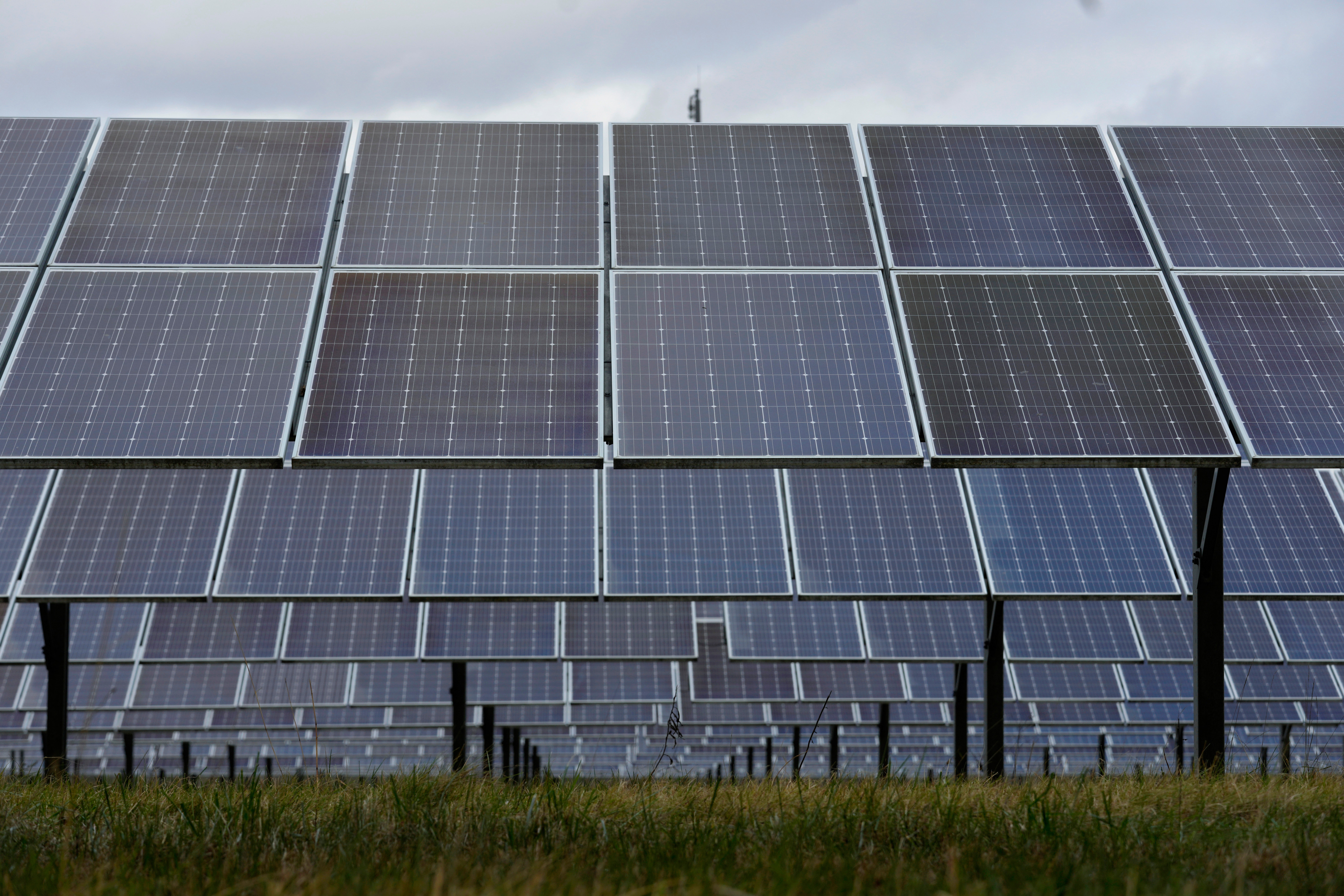Government subsidy cut pulls plug on solar panels

Your support helps us to tell the story
From reproductive rights to climate change to Big Tech, The Independent is on the ground when the story is developing. Whether it's investigating the financials of Elon Musk's pro-Trump PAC or producing our latest documentary, 'The A Word', which shines a light on the American women fighting for reproductive rights, we know how important it is to parse out the facts from the messaging.
At such a critical moment in US history, we need reporters on the ground. Your donation allows us to keep sending journalists to speak to both sides of the story.
The Independent is trusted by Americans across the entire political spectrum. And unlike many other quality news outlets, we choose not to lock Americans out of our reporting and analysis with paywalls. We believe quality journalism should be available to everyone, paid for by those who can afford it.
Your support makes all the difference.Homeowners who decide to save money by generating their own renewable energy for the National Grid are to lose almost half their Government subsidy, prematurely published documents suggested yesterday.
Drastic cuts to the feed-in tariff (FIT) for solar power, the guaranteed income to anyone who installs working solar panels in their roof, are likely to be announced by the Energy and Climate Change Secretary, Chris Huhne, on Monday.
And the precise level of the cut – from 43.3p per kilowatt hour of solar electricity to just 21p – appeared to be made clear yesterday in a document inadvertently published on the website of the Energy Saving Trust, the public advice body, and quickly taken down.
Although the Department for Energy and Climate Change said later that the published document was "neither final nor accurate", the swingeing 50 per cent cut in the subsidy it revealed was in linewith what observers have been expecting.
The feed-in tariff scheme, introduced 18 months ago, has been a huge success and has led to 100,000 households installing solar power.
This is because the levels on return on a typical £10,000 investment have been very generous, at about seven per cent per annum – far in excess of rates that can be found in the banks.
This has sparked a mini-solar boom, and from fewer than 500 companies employing about 3,000 people before the FIT was introduced, there are now 3,000 companies with a 25,000 workforce, which has been predicted to expand to 360,000 by 2020.
Yet the Government has become nervous of the subsidy's cost, as it is paid not from the Treasury but by a levy on household electricity bills – an increasingly sensitive subject – and wants to limit it.
Although it has been expected that the FIT level would drop as the cost of solar installation itself drops – it has come down 30 per cent in the time of the subsidy – the likely high level of the cut to be announced on Monday is dismaying the solar professionals.
"Coming from a Government that said it would be the greenest ever, this is completely misguided and will be a devastating blow for the solar industry," said Howard Johns of Solar Trade Association.
"Solar installation will be limited to a few rich people, and all the installation going on in solar housing will stop. Hundreds of companies will go bankrupt."
Join our commenting forum
Join thought-provoking conversations, follow other Independent readers and see their replies
Comments